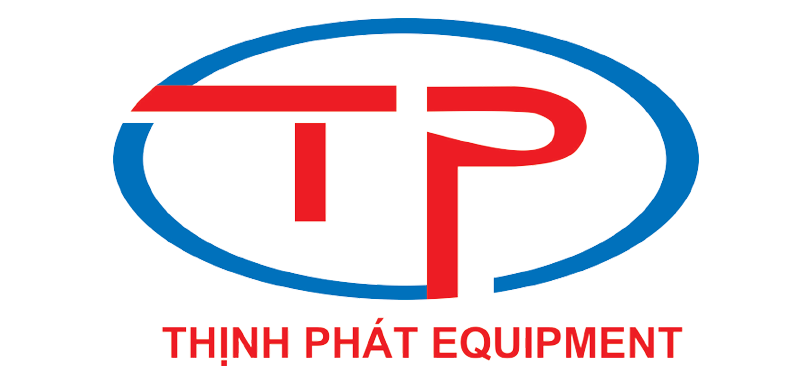SEO for Beginners Guide: Optimizing Your Site for Success
While they all involve some content creation and keyword research, they are distinct concepts that build upon each other. You should see SEO not as a complex technical challenge but as a simple way to improve your website’s visibility and user experience. Keyword research is the foundation of any successful SEO strategy. Use tools like Google Keyword Planner, Ahrefs, or SEMrush to find keywords relevant to your niche and audience.
Compare branded and non-branded searches
While good to prioritize, it’s important to avoid keyword stuffing. This is the practice of overusing keywords to aid higher ranking in SERPs. Using specific keywords where possible as well as synonyms and phrasing alternatives that are semantically the same can optimize your pages while keeping text fluid and natural. That’ll keep pages readable for visitors and avoid search engine penalties from overusing keywords.
Links to your website
If many people click into your site from search results and stick around, that search engine traffic sends a signal that that page is speaking to their needs. Search engines prioritize websites that offer a good user experience (UX). You can hire an expert to optimize your website, review our SEO checklist, and take your own steps to improve your website’s SEO. No matter your approach, it’s good to know how to do some SEO work yourself. Search engines regularly update their algorithms and change how they evaluate content, which means your website needs to adapt over time, too. Search engines regularly crawl and index websites—meaning they “read” the content on your web pages.
It has a solid search volume and the difficulty is not too high. Not to mention that there are hundreds of them – the estimate is that about 70% of all the traffic comes from long-tail keywords. Images and graphics can make it easier for readers to understand your content.
- Back in the day I’d write content that I THOUGHT would rank on the first page of Google.
- The relevancy of the content to what the user is searching for is the number one SEO factor.
- Your content should be original, informative, and engaging while it answers specific questions from your target audience.
- Understanding these differences is key to tailoring your strategy to your needs.
While site content plays a vital role in your search engine rankings, it’s also important to consider your site architecture. Let’s take a look at some of the factors that can impact your search engine optimization ranking. Additionally, content must be created with search engines in mind, meeting the criteria for ranking high in search results. To succeed BHS Links with programmatic SEO, each generated page must provide unique, valuable, and relevant content. When done well, programmatic SEO is a powerful tool, especially for targeting low-competition keywords or specific niches that might otherwise be overlooked. When determining how high to rank a particular page on your site, Google doesn’t just look at that one page.
Want to learn how to use SEO to grow your website traffic? Check out our video:
Even though most Google Shopping Results are ads, they feature select organic results too. So, unlike a Featured Snippet, they don’t credit a source or link to the answer. 18% of search results have “Direct Answers”, which are a direct answer to a specific question. Because ads appear at the top and bottom of the page, they can crowd out the organic results.



